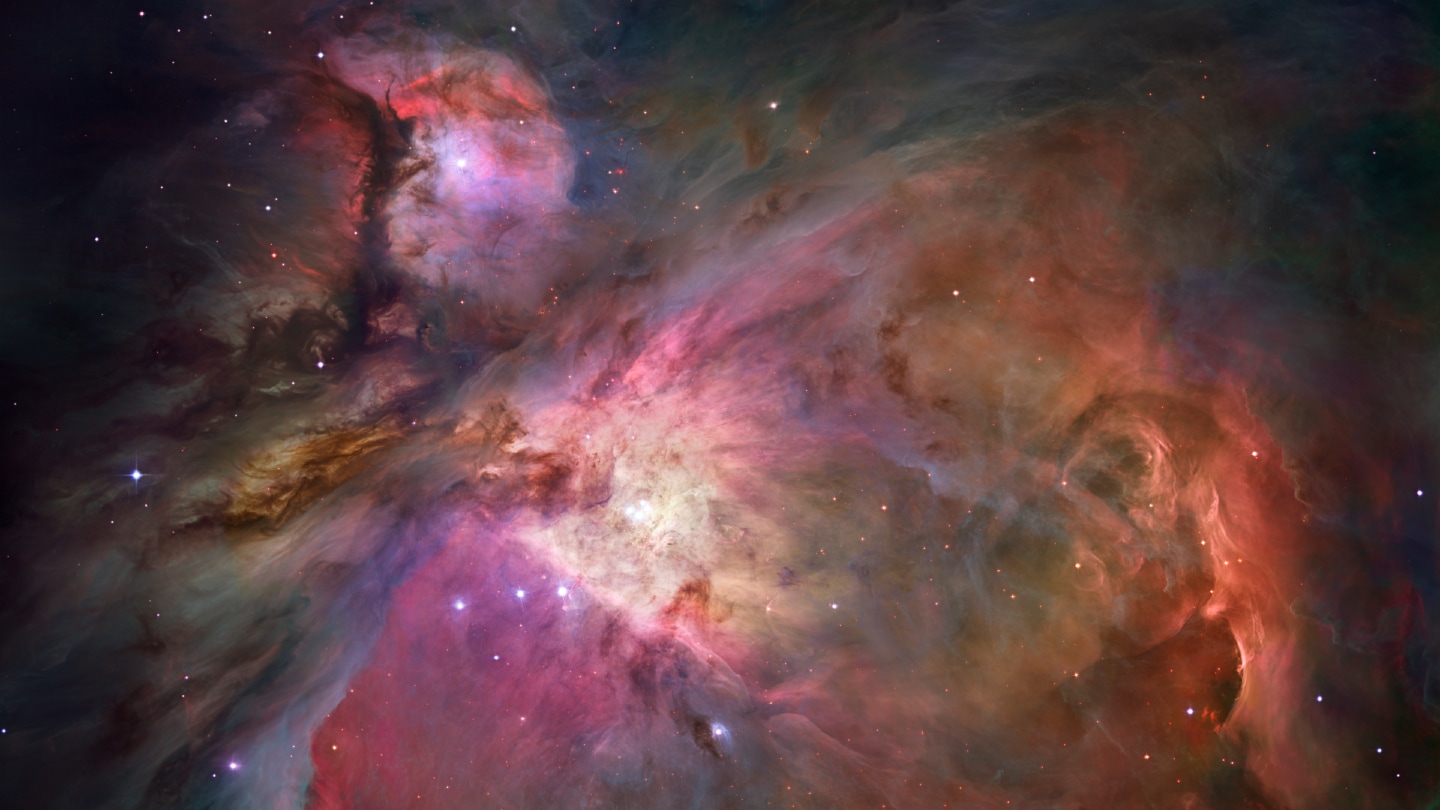Researchers potentially discovered how a vital component necessary for cells to generate energy might originate in the depths of space.
Through calculations and laboratory experiments, it is proposed that the radiation interacting with carbon dioxide and ethylene glycol in interstellar clouds could lead to the formation of this key ingredient, as outlined in the March 15 edition of Science Advances.
The research marks a significant step in unraveling the mechanisms behind the creation of these molecules in space, according to Anthony Remijan, an astrochemist at the National Radio Astronomy Observatory in Charlottesville, Va., who commended the study. He suggests that under the right circumstances and chemical composition, more intricate molecules could potentially emerge in space.
Glyceric acid, a compound crucial for cell metabolism, energy equilibrium, and photosynthesis, serves as a precursor to various complex molecules essential for life. While this acidic sugar has been identified in meteorites, indicating its potential formation in outer space, direct observation of glyceric acid in space remains elusive. However, astronomers speculate that it may originate in interstellar clouds like the Orion Nebula, characterized by a tumult of gas, plasma, and dust.
Although telescope observations alone cannot unveil the organic compound’s formation in space, a combination of astronomical gas analysis and chemical predictions under radiation exposure offers valuable insights. This methodology has already demonstrated the synthesis of various compounds in space.
The recent study set out to address a fundamental query: Can glyceric acid be synthesized under space-like conditions of low temperature and pressure? Theoretical astrochemist Ryan Fortenberry from the University of Mississippi and his team embarked on this investigation with a positive outlook.
By examining the behavior of carbon dioxide and ethylene glycol, prevalent compounds in interstellar clouds, through computer simulations, the researchers proposed that these substances could combine to produce glyceric acid in space. To validate their theoretical findings, physical chemist Ralf Ingo Kaiser and his associates from the University of Hawaii at Manoa conducted experiments. They deposited carbon dioxide and ethylene glycol ices in a vacuum chamber at extremely low temperatures and pressures, subjecting them to radiation.
While replicating galactic cosmic rays in the lab was unfeasible, the team simulated the impact by bombarding the compounds with electrons. Subsequent exposure to ultraviolet radiation led to the vaporization of the ices, resulting in the formation of glyceric acid molecules.
Fortenberry emphasizes that the process, although not magical, yields biologically significant compounds from remarkably simple molecules, underscoring the transformative potential of basic chemistry observed in cosmic environments.
While basic organic molecules are prevalent in cosmic settings, the discovery of complex organics remains a challenge. This study sheds light on the evolutionary pathway from simple to complex chemistry, offering valuable insights into the origins of life-supporting compounds in the universe.
Moving forward, Fortenberry’s team aims to hunt for glyceric acid in interstellar clouds, potentially utilizing advanced instruments like the Atacama Large Millimeter/submillimeter Array in Chile, known for its capability to detect molecules vital for life in the cosmos.
